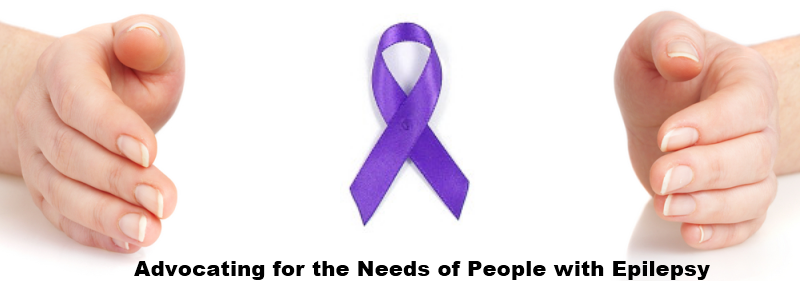
What is advocacy?
Advocacy is about empowering vulnerable people and protecting their dignity, rights and freedoms. From employment and transportation to education and housing, people living with epilepsy face these issues and many more on a daily basis.
Canadians have spoken out about the social consequences and health obstacles they face while living with epilepsy. Leger Marketing conducted the survey, The Impact of Epilepsy on Canadians, in 2011 to identify common struggles and how to overcome them. To learn more about the findings of this survey, click here.
It can be a challenge to break down the barriers that stand in the way of basic rights and freedoms, but Epilepsy Ontario is here to help! Through advocacy, we can make a change. Join us, and make your voice heard at the governmental, legal, social, economic and institutional levels. Contact your local epilepsy agency to raise your voice for epilepsy in your community.
Epilepsy AwarenessExpand Epilepsy Awareness Section
March is Epilepsy Awareness Month. Why does epilepsy need more awareness? Because it is simply not talked about.
Despite affective more than 300,000 Canadians, this neurological disorder is not in the public conscience. Many people still do not understand epilepsy. Misconceptions circulate more widely and quickly than facts, fuelling a lack of understanding that creates fear and stigma surrounding this condition. Many people living with epilepsy are reluctant to disclose their condition to co-workers or friends out of fear of what they might think.
How can you help create awareness? Print out our pamphlets and brochures and put them up on bulletins at work, school or in your community. Display your lavender products proudly. Get the word out!
Epilepsy Action Day at Queen's ParkExpand Epilepsy Action Day at Queen's Park Section
The epilepsy community is voicing its concerns, and we’re making sure the provincial parliament is paying attention. Epilepsy Ontario and Epilepsy Cure Initiative is leading the push for change at Queen’s Park in Toronto. At the forefront of our agenda is the Provincial Strategy for Epilepsy Care, which calls for standardized care and accessible treatment among other support services.
Our message is loud and clear: we want to improve the quality of life for the 140,000 Ontarians who are living with epilepsy. Our advocacy committees are working with MPPs and policy advisors to break the social stigma and make equity a reality. Click here to learn more about this initiative.
Types of AdvocacyExpand Types of Advocacy Section
- Self Advocacy is when one person or a group of people speak or act on their own behalf in pursuit of needs or interests. It requires that people value themselves and believe that, by speaking out, they can change their status in society.
- Citizen Advocacy is a one-on-one partnership between a vulnerable person (consumer) and an advocate. The goals of citizen advocacy are to provide emotional support, friendship, and to speak for the consumer when appropriate. It is a relationship built on mutual respect, where the advocate functions as though their partner’s interests were their own.
- Systemic Advocacy concerns policy, procedure and reform at the institutional level. It points out inherent problems with structures, policies and procedures in an institution, which hinder the rights, freedoms and dignity of consumers.
- Legislative Advocacy occurs at the parliamentary level. It involves both informing and lobbying Members of Parliament to pass laws, which will protect the consumer.





